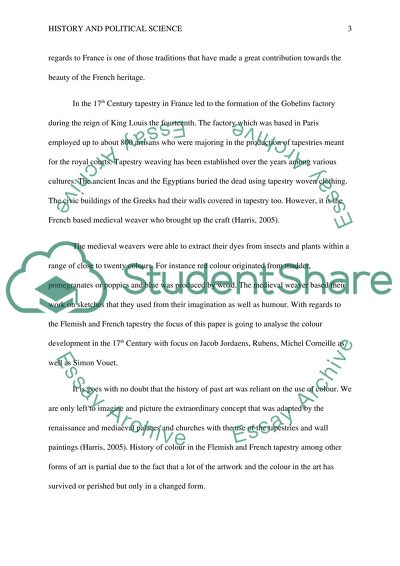Cite this document
(“Analyze color developments in 17th-century Flemish and French Research Paper”, n.d.)
Analyze color developments in 17th-century Flemish and French Research Paper. Retrieved from https://studentshare.org/history/1498051-analyze-color-developments-in
Analyze color developments in 17th-century Flemish and French Research Paper. Retrieved from https://studentshare.org/history/1498051-analyze-color-developments-in
(Analyze Color Developments in 17th-Century Flemish and French Research Paper)
Analyze Color Developments in 17th-Century Flemish and French Research Paper. https://studentshare.org/history/1498051-analyze-color-developments-in.
Analyze Color Developments in 17th-Century Flemish and French Research Paper. https://studentshare.org/history/1498051-analyze-color-developments-in.
“Analyze Color Developments in 17th-Century Flemish and French Research Paper”, n.d. https://studentshare.org/history/1498051-analyze-color-developments-in.


